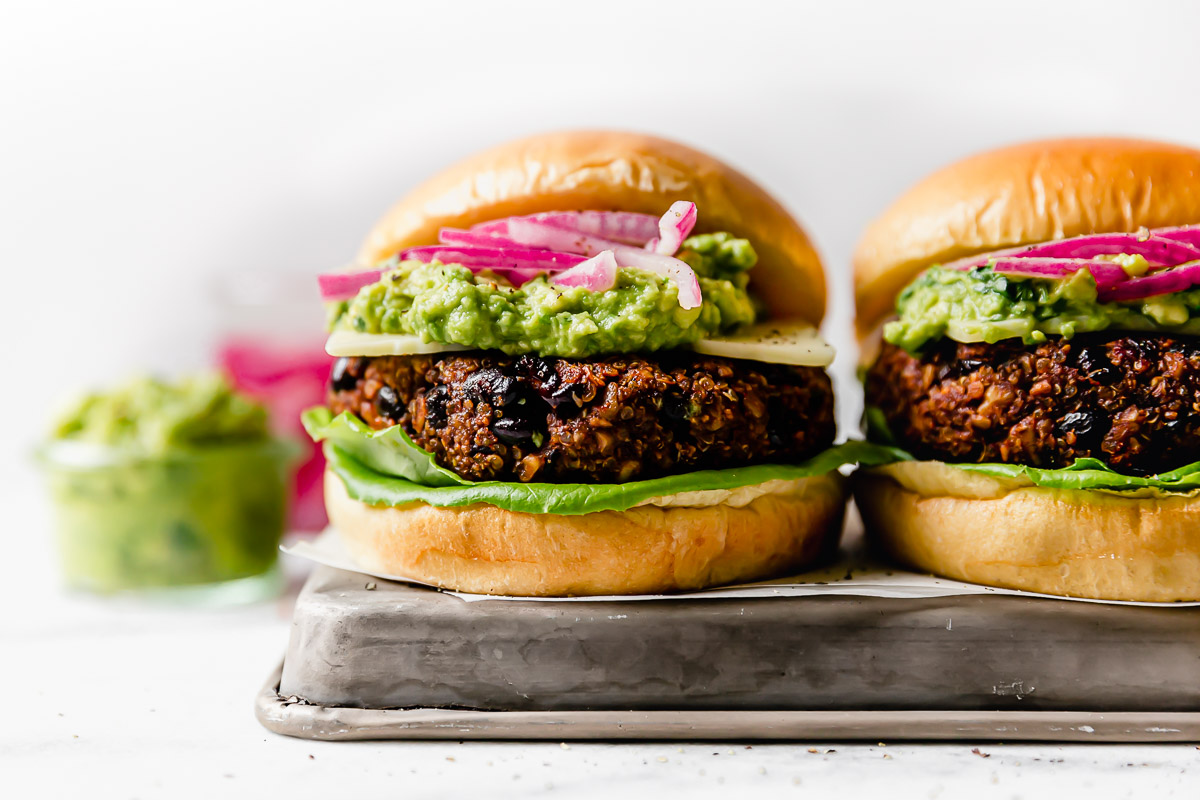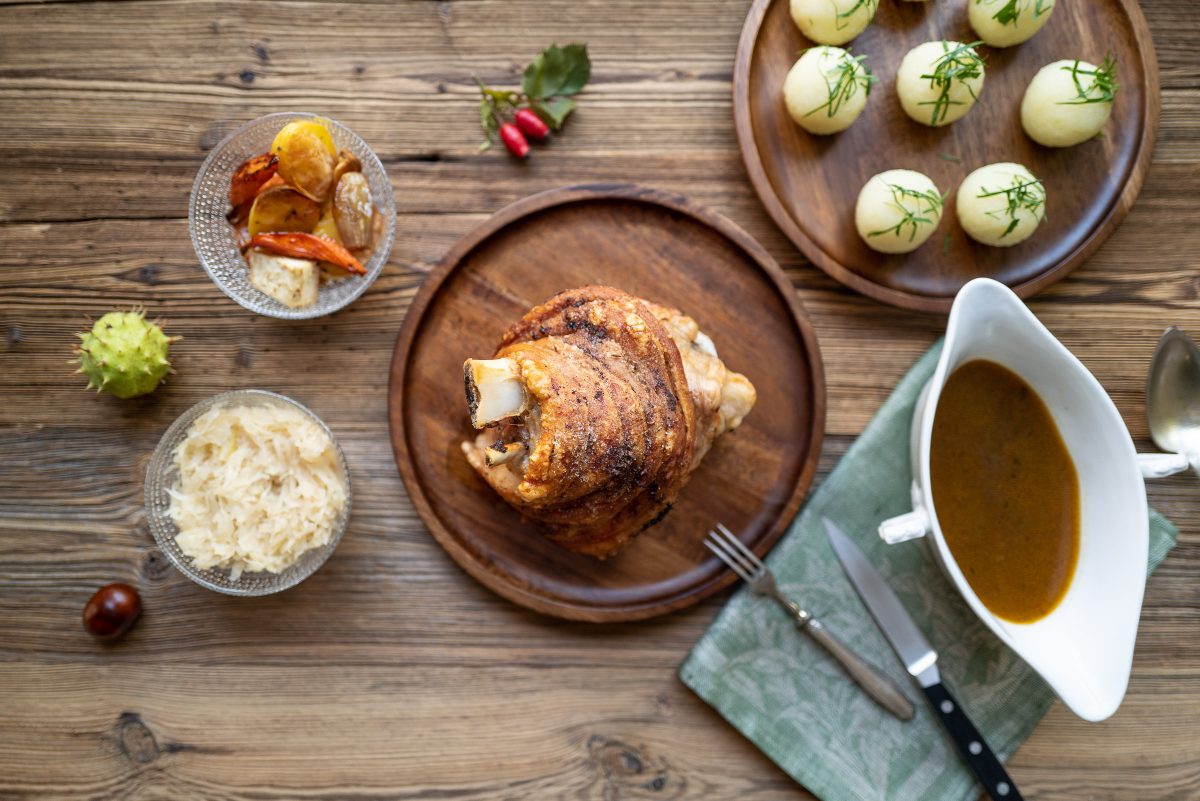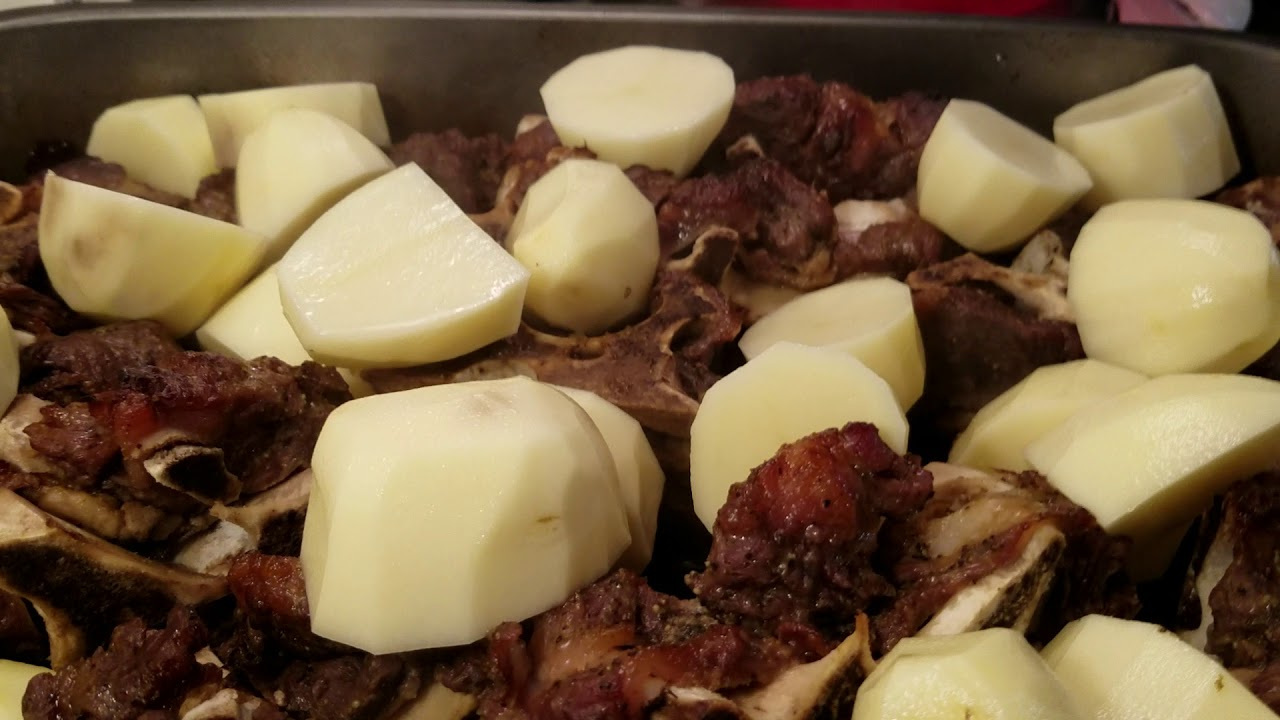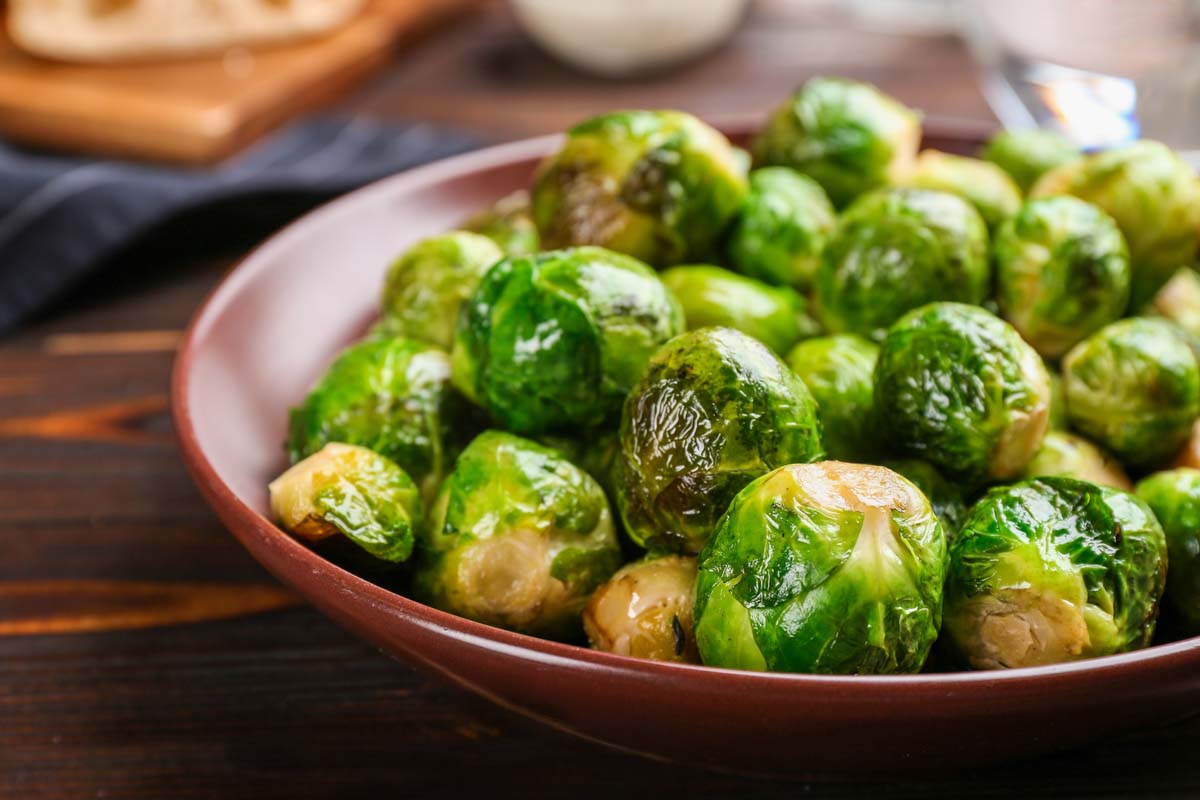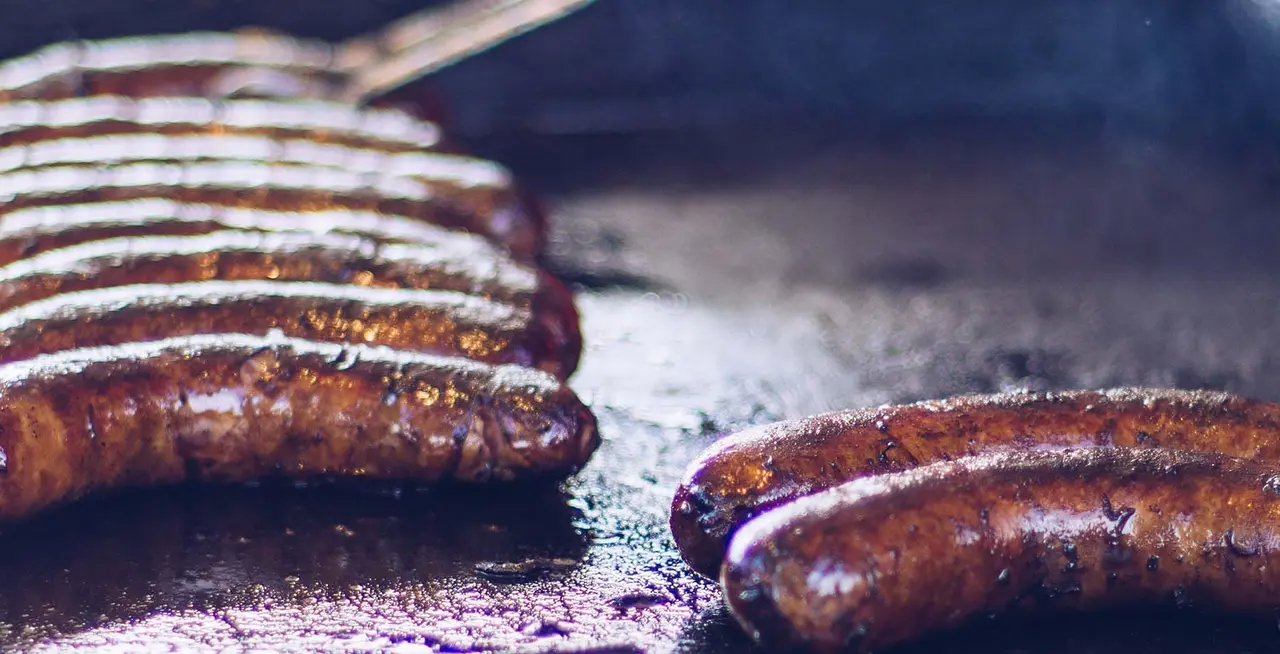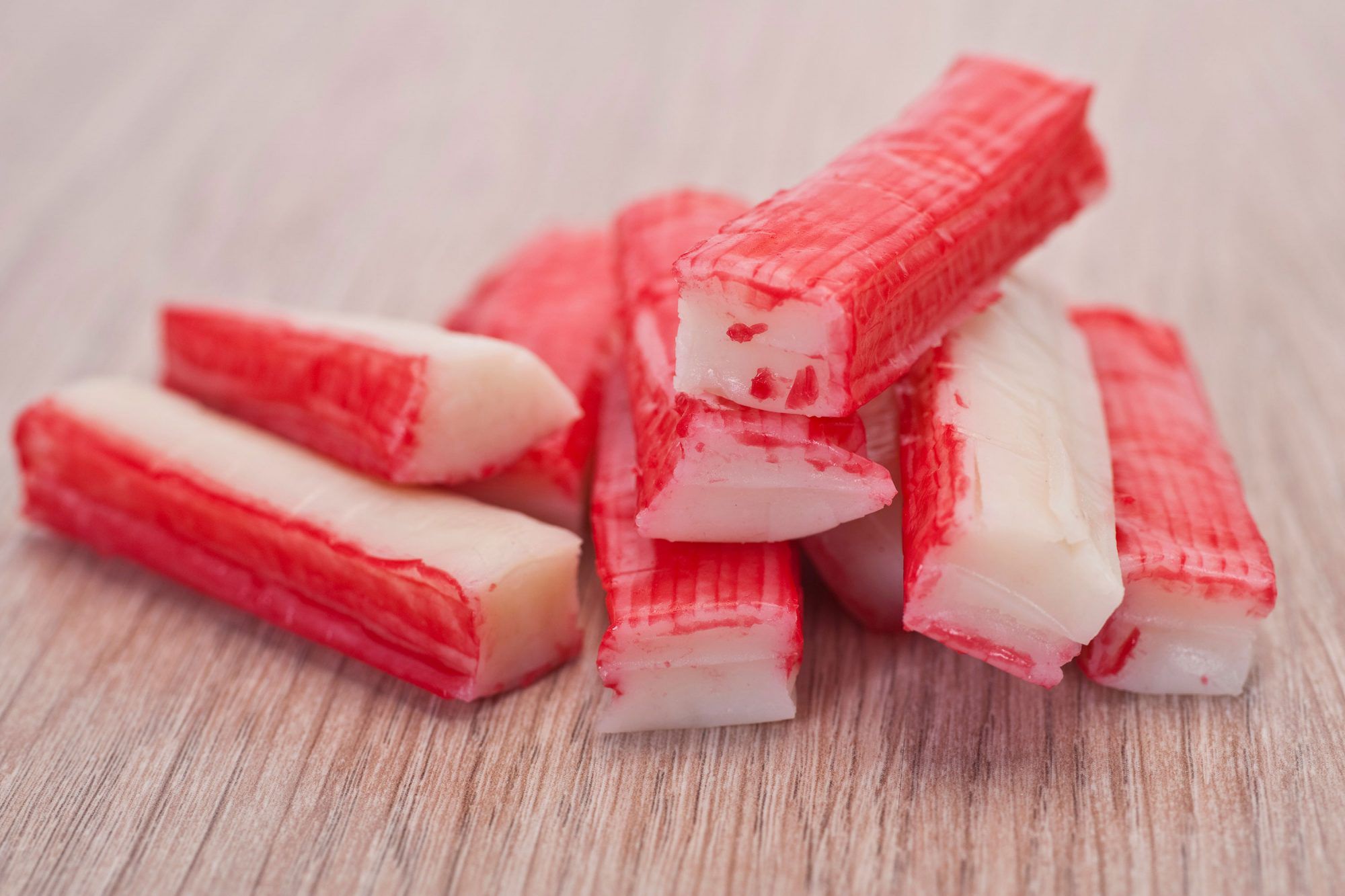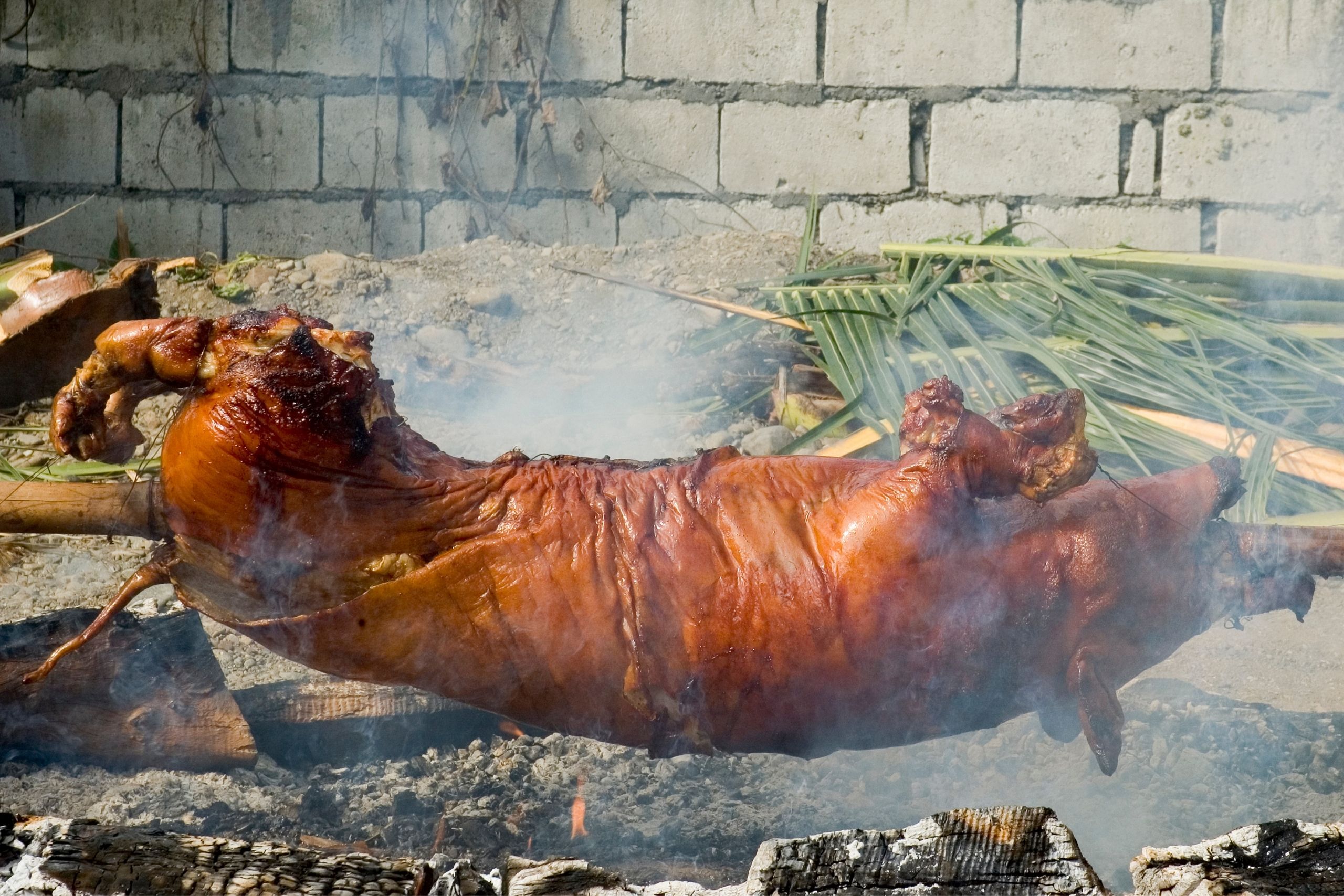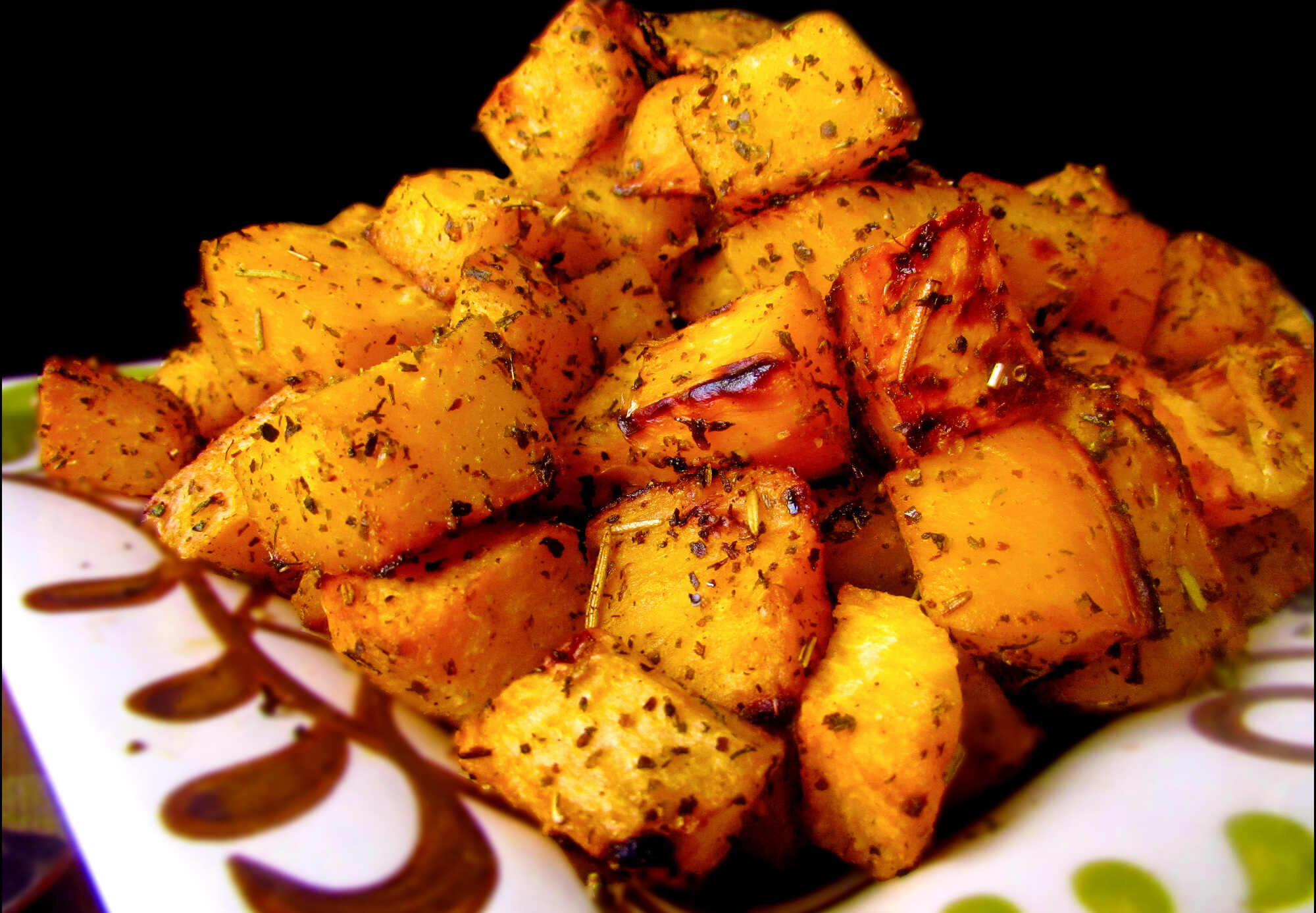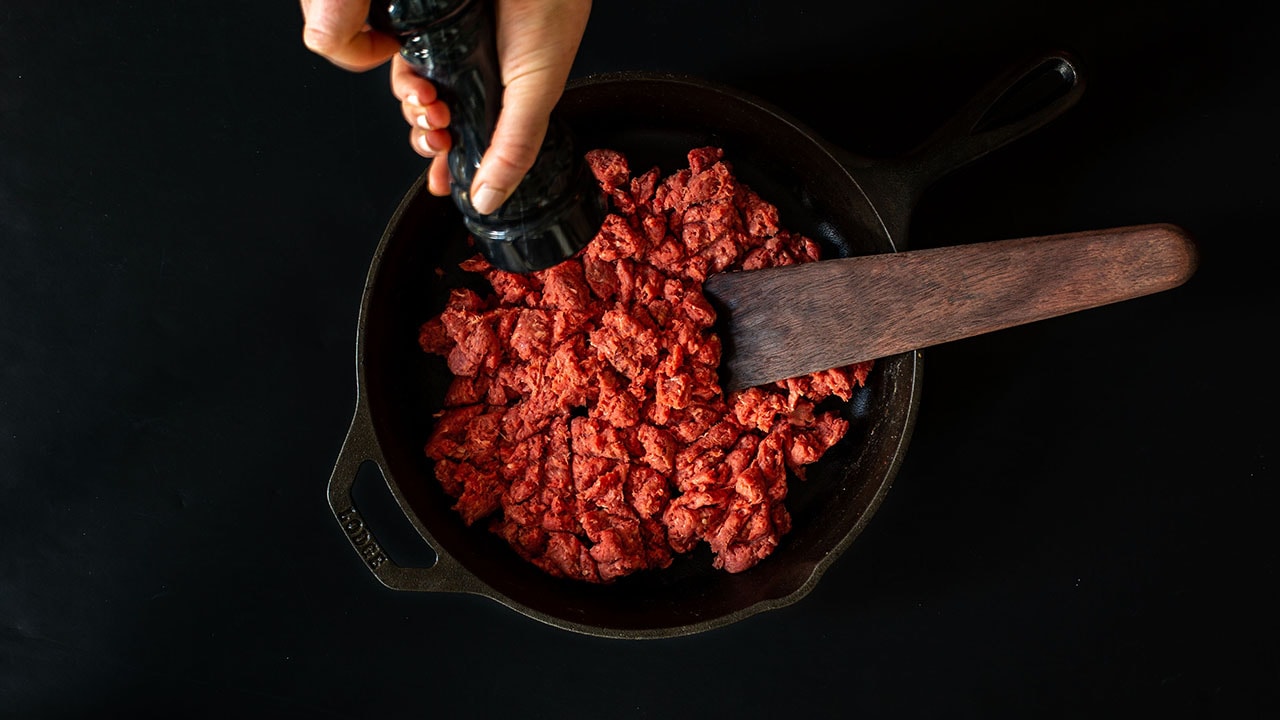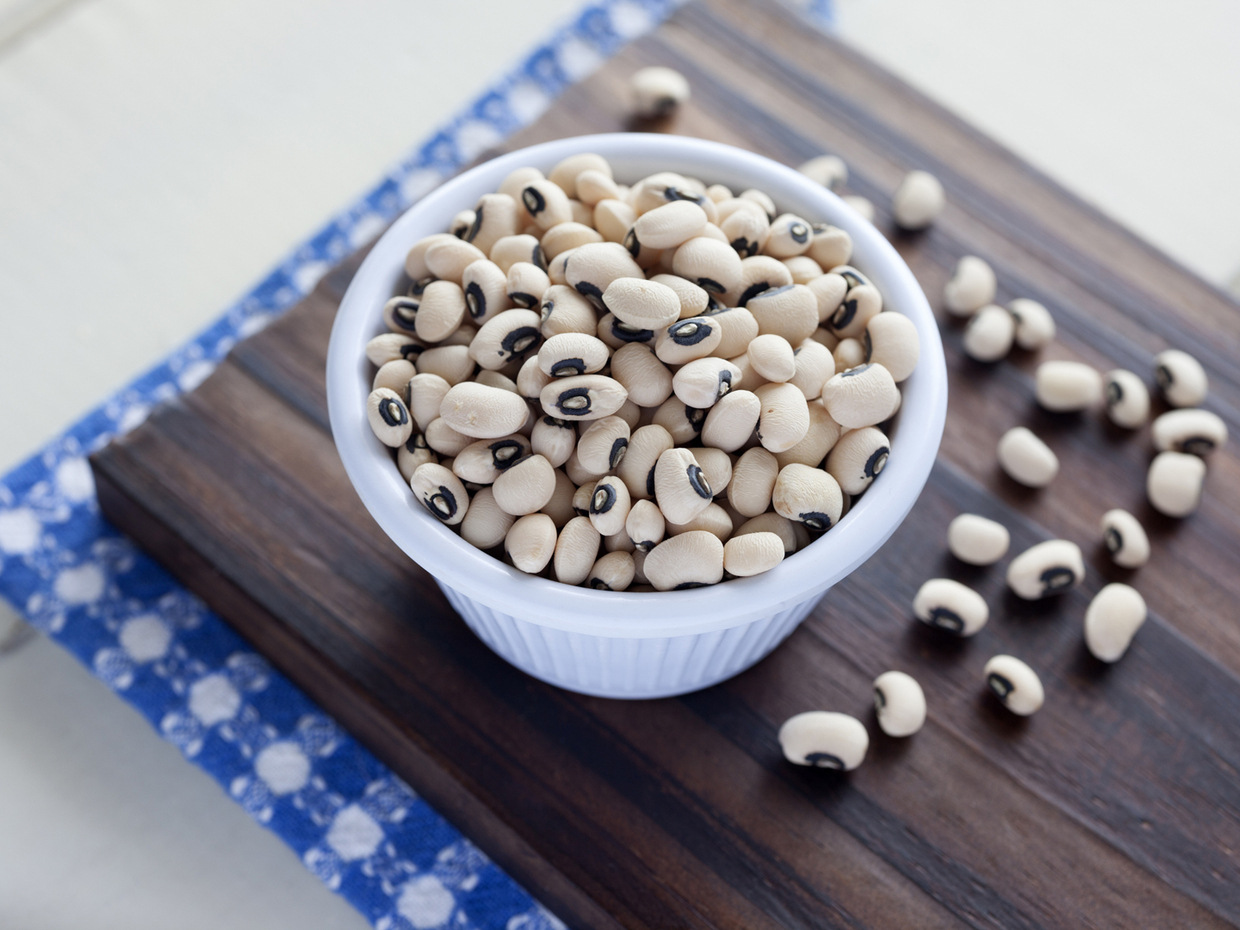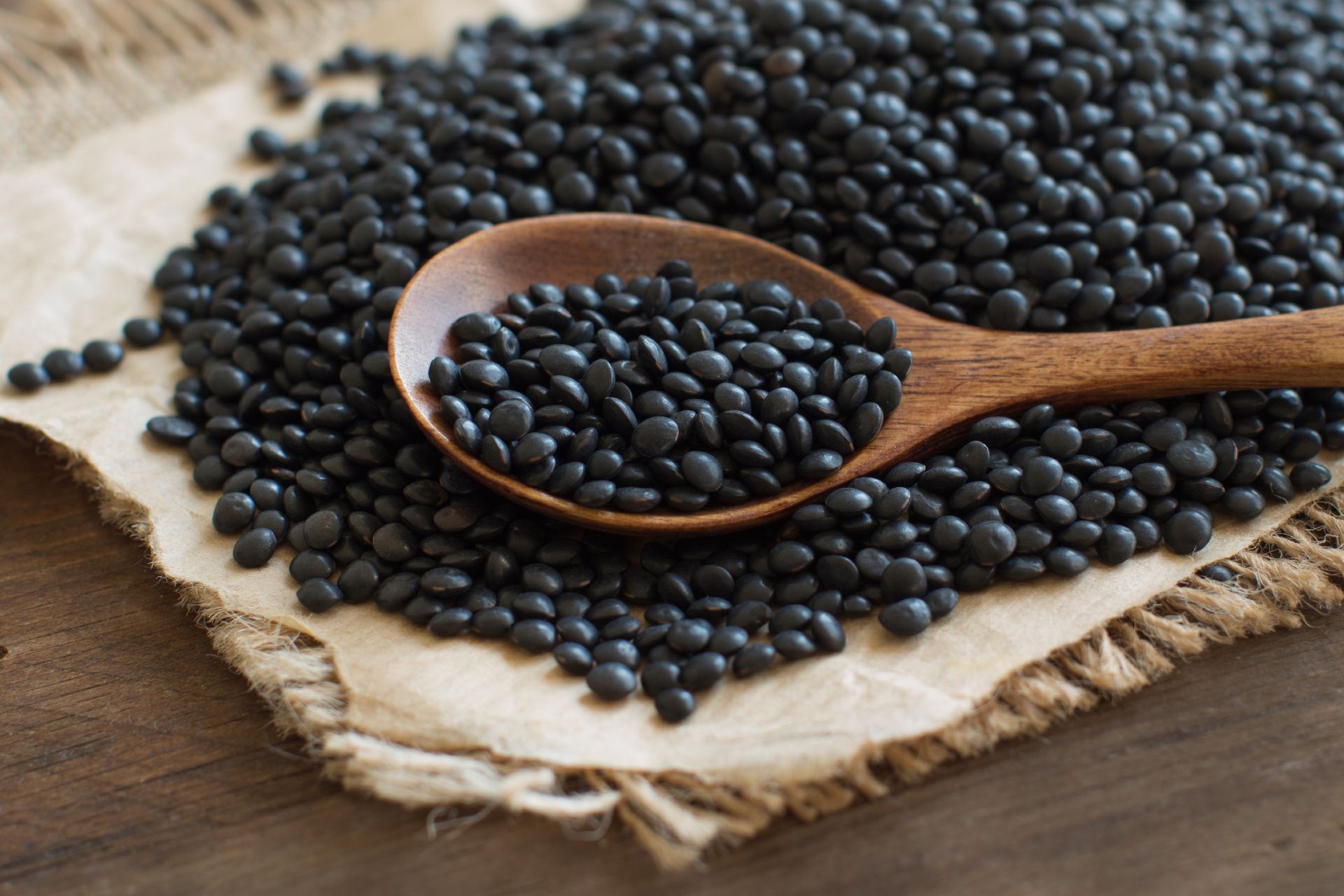How To Cook Kelp Noodles
Are you looking for a healthy and delicious alternative to traditional pasta? Look no further than kelp noodles! These translucent noodles made from seaweed are not only low in calories and packed with nutrients, but they also have a unique texture that makes them a great addition to any dish. In this article, we will guide you through the steps of cooking kelp noodles to perfection.
Step 1: Prepare the Kelp Noodles
Start by opening the package of kelp noodles. Rinse them thoroughly under cold water to remove any excess salt or debris. As you rinse, you’ll notice the noodles become softer and more pliable.
Step 2: Soak the Noodles
Next, transfer the rinsed noodles into a bowl and cover them with room temperature water. Add a pinch of salt and a squeeze of lemon juice to enhance their flavor. Let the noodles soak for about 10 minutes. This step helps to further soften the texture of the noodles.
Step 3: Prepare Your Desired Dish
While the kelp noodles are soaking, you can start preparing your desired dish. Kelp noodles can be used in various recipes, such as stir-fries, salads, or even as a substitute for traditional pasta in noodle dishes. Get creative and experiment with different flavors and ingredients!
Step 4: Drain and Rinse Again
Once the noodles have finished soaking, drain them and rinse under cold water for a few more seconds. This will help to remove any leftover residue and ensure a clean taste.
Step 5: Add to Your Dish and Heat
Add the drained and rinsed kelp noodles to your prepared dish. If you’re making a stir-fry, toss the noodles with your favorite vegetables, proteins, and sauces. If you’re making a cold salad, mix the noodles with fresh vegetables, herbs, and dressing. For hot noodle soups, simply add the kelp noodles to the broth and let them heat through for a few minutes.
Step 6: Enjoy Your Delicious and Healthy Meal
Once the kelp noodles are heated through and incorporated into your dish, it’s time to serve and enjoy! The unique texture of kelp noodles, similar to al dente pasta, combined with their light and refreshing taste, will leave you satisfied and nourished.
Additional Tips:
- Feel free to customize your dish with your preferred seasonings and spices.
- Kelp noodles can be stored in the refrigerator for a few days, making them a convenient option for meal prep.
- For a more substantial meal, consider adding protein sources such as tofu, shrimp, or grilled chicken.
- If you prefer a softer texture, you can cook the kelp noodles in boiling water for a few minutes before adding them to your dish.
- Remember to have fun and experiment with different combinations and flavors to find your favorite way of enjoying kelp noodles.
So, the next time you’re craving a healthy and nutritious meal, give kelp noodles a try. With these simple steps, you’ll be able to cook them to perfection and elevate your culinary experience. Enjoy the benefits of this unique and tasty alternative to traditional pasta!
More Delicious Kelp Noodle Recipes to Try
After mastering the basic preparation of kelp noodles, it's time to bring this versatile ingredient to life with an array of tantalizing recipes. For a hearty yet healthy meal, the Healthy Kelp Noodle Stir-Fry offers a delightful blend of textures and flavors, perfect for those new to kelp noodles. Seafood lovers will revel in the Shrimp Pad Thai with Kelp Noodles, which combines the classic Thai flavors with the nutritional benefits of kelp. If you're leaning towards something light yet flavorful, the Refreshing Kelp Noodle Peanut Salad is highly recommended. Each recipe provides a unique way to incorporate kelp noodles into your cooking routine, promising not only health benefits but also a feast for your taste buds.
Was this page helpful?
Read Next: How To Cook White Eggplant
